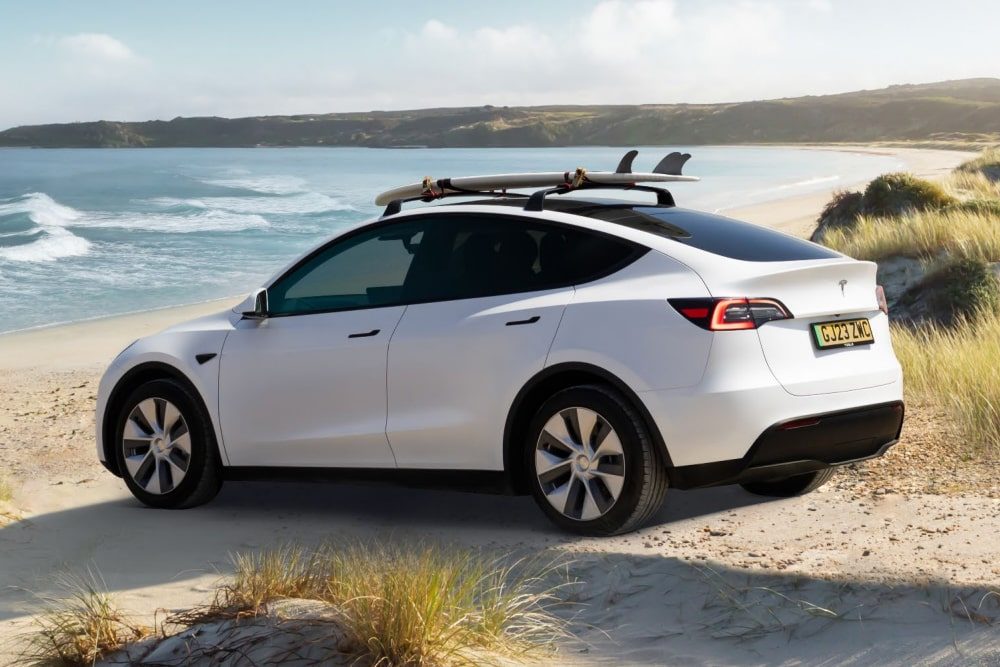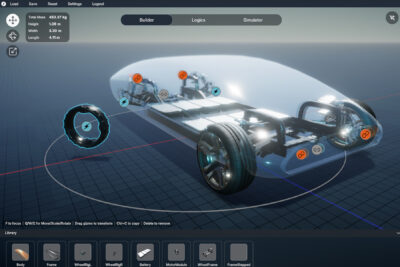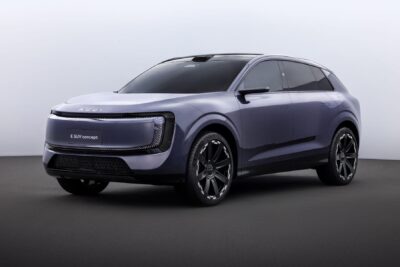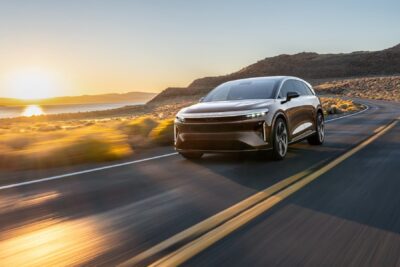New EV record in Norway
The 12,495 new electric cars in September mean that the record market share of 94.3 per cent from August 2024 lasted only a short time. Across all drive types, 12,966 new cars hit the road in Norway. That means that just 471 of these new cars did not have a battery-electric drive, while 12,495 did.
The Norwegian road authority OFV attributes this development to two factors. “New car sales in 2024 have so far been characterised by large fluctuations and rather low sales figures,” says OFV Director Øyvind Solberg Thorsen. “Now we are seeing some economic recovery, which could lead to more people visiting car dealerships.” And a large shipload of Teslas, many of which were ordered a long time ago, “clearly contributed to the increase in registrations in September,” according to the OFV.
Compared to September 2023, when just under 9,000 new EVs were newly registered, the increase was 25.4 per cent. This is considerable because the environment has changed. “Despite the introduction of VAT on electric cars with a price tag of over half a million Norwegian krona and changed conditions for the use of electric cars, including on public transport routes and at toll stations, dealers almost only sell electric cars these days,” says the OFV.
In addition to the 12,495 pure electric cars, 146 plug-in hybrids (145 petrol-powered and one diesel PHEV) were also sold in September. With 142 vehicles, petrol hybrids still accounted for 1.1 per cent of the market share, while pure diesel models still accounted for 1.0 per cent with 135 new registrations. Only 48 pure petrol vehicles were newly registered, corresponding to a 0.4 per cent market share. Only fuel cell vehicles fared worse: According to the OFV, not a single unit was newly registered.
In other words, with 96.4 per cent, Norway has almost achieved the political goal of all new cars being purely electric from 1 January 2025. So far, the last petrol and diesel cars have not been hit hard. “It will be fascinating to follow the development for passenger cars over the next three months,” says Solberg Thorsen. Despite the record in September, the annual average share of EVs is 88 per cent. Some people still opt for cars with drive systems other than electricity, he says.
A look at the top ten models reveals the aforementioned boatload of Teslas. It is not uncommon for the Model Y to be among the best-placed vehicles in Norway – in September, the electric SUV was in first place with 2,107 units. However, the Tesla Model 3 ranks second with 2,067 new registrations. The electric saloon is not usually found in the top ten, with only 12 new registrations in September 2023.
The Tesla duo is followed at a considerable distance by the Volvo EX30, which established itself in the Norwegian top three with 803 new cars. The Skoda Enyaq was newly registered 702 times, followed by the Toyota bZ4X (659), VW ID.4/ID.5 (485), Nissan Ariya (385), VW ID.3 (324), BMW i4 (274) and Hyundai Kona (265). At 2.0 per cent, even the tenth-placed Kona achieved a higher market share than all new cars with combustion engines combined.





1 Comment